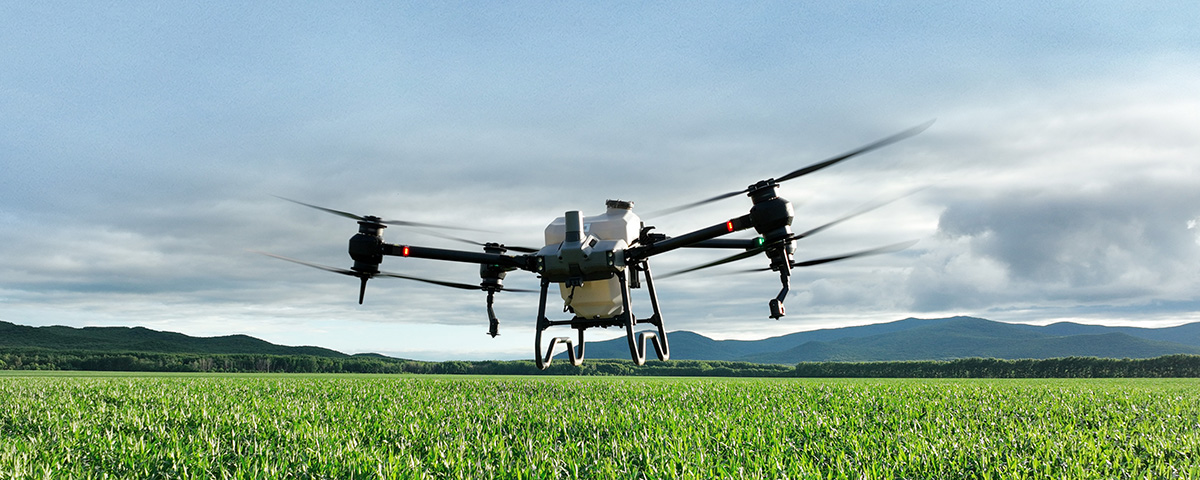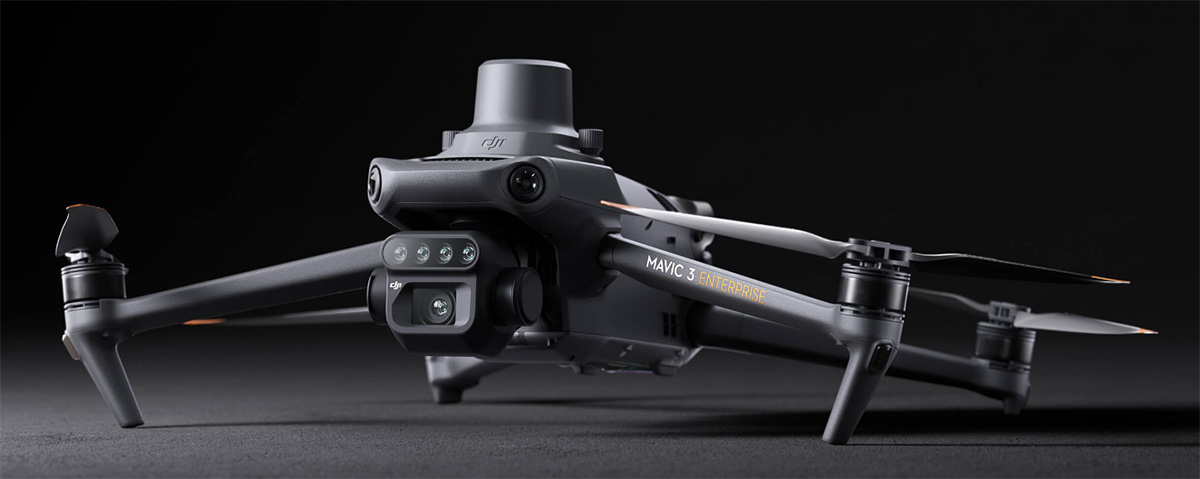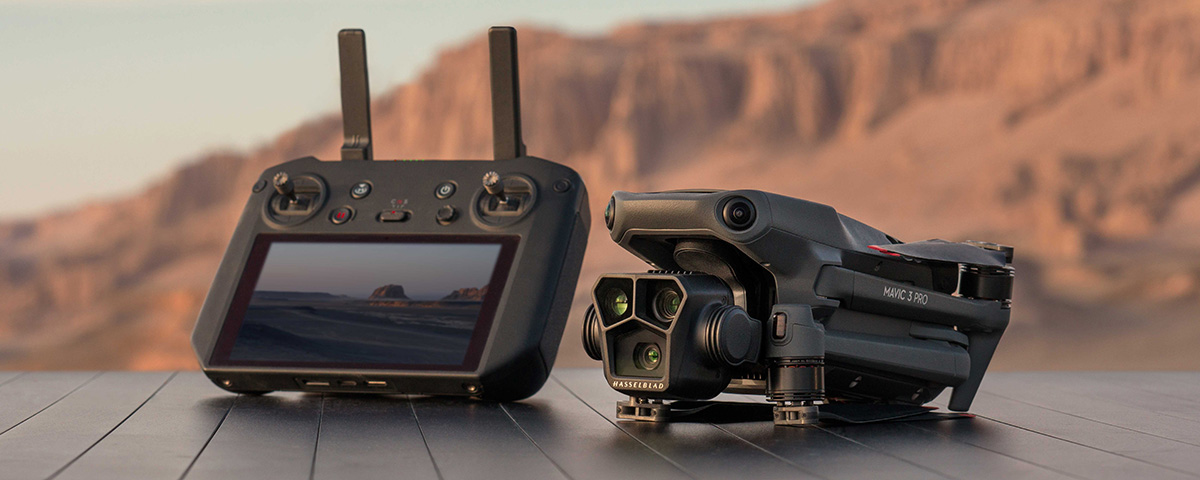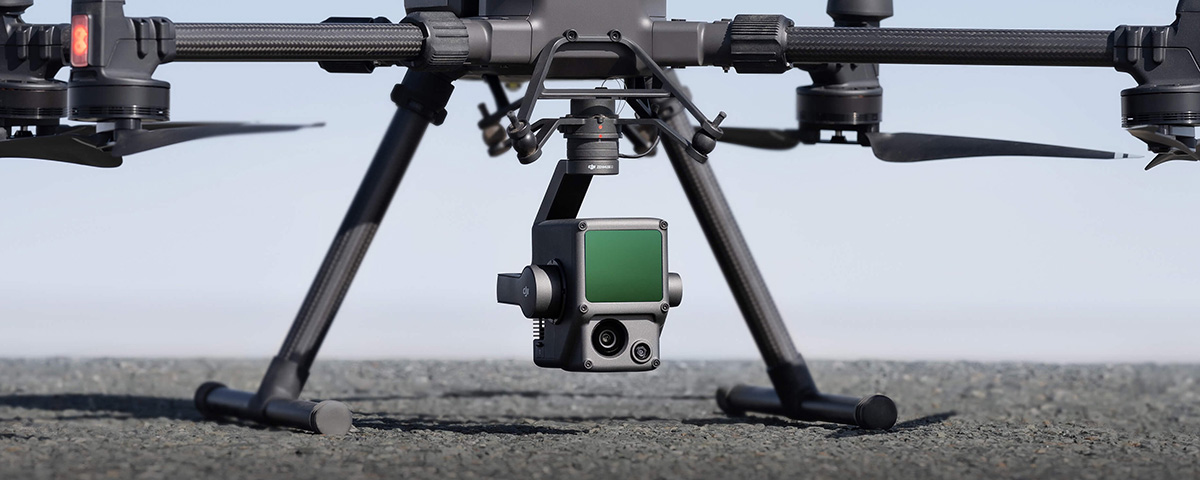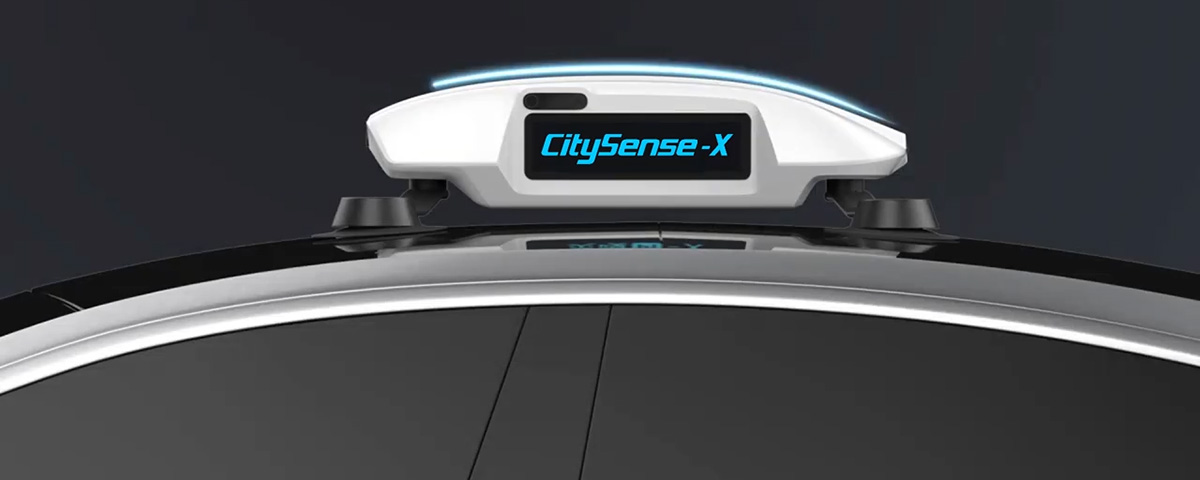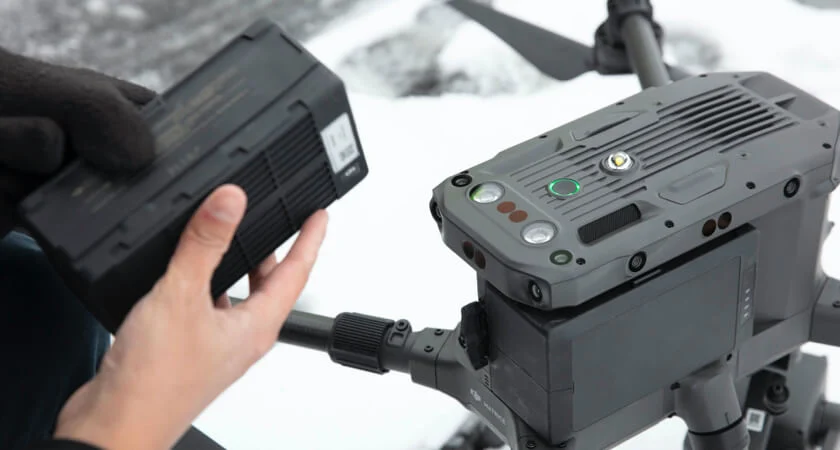We are a Canadian drone company. And, as all Canadians know, the winter months in Canada can be long and arduous. While it’s necessary to take precautions during winter to keep your drone safe and efficient, you can still enjoy your drone even during the height of winter.
To help you with your winter flights, we’ve compiled a list of the primary considerations you should keep before – and while – flying in winter months.
1. Oversee Your Battery Life – And Ensure Your Batteries Are Fully Charged
Cold weather means less efficient battery life. This means flying in winter – especially in increasingly cold weather – can decrease flight range, efficiency and lower flight safety.
The chemical activity in Lipo batters is significantly reduced in cold weather. In some cases, this decrease can cause your drone to lose power up to 50% faster than it would on a flight in the ideal conditions. In severely cold weather, drones risk shutting down mid-flight – a costly and unwanted outcome.
We recommend allowing your drone to warm up before lift-off to mitigate these risks. Never use half or partially-charged batteries during the winter. Instead, ensure your drone has fully charged batteries before your flight. If you’re planning a long flight, we’d recommend bringing an extra, fully charged battery.
We also recommend checking your battery levels and life more often during winter. It’s better to check too many times than to risk a mid-flight crash due to power loss.
Finally, remember that your controller batteries will also lose power more quickly. As much as possible, try to ensure the controller is exposed to less extreme cold than necessary.
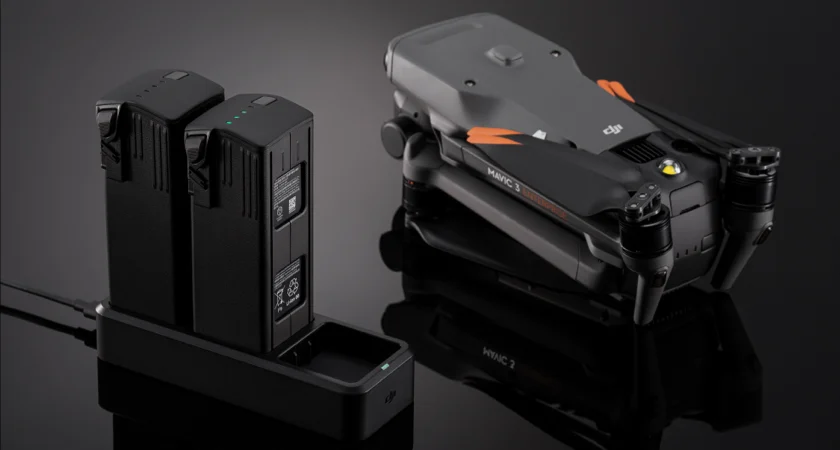
2. Plan for Darker Skies
With the winter months comes more overcast skies and fewer daylight hours. Not only can this negatively affect your drone camera’s settings, but this can lead to shorter flying hours. Remember to check the weather and how many daylight hours are left before heading out for your flight.
Aim to fly when the sun is directly overhead to mitigate blurry or underexposed photos. Slow your drone’s speed as the light decreases to avoid blur in your images. And watch your ISO range as the sun’s light fades. The photos may be too grainy if the ISO exceeds the recommended range.
3. Be Sure to Check for Wind Speeds & Sudden Weather Changes
Winter months tend to bring more wind and more unexpected weather changes. Flying drones when the surface wind speed reaches more than 24 kph (15 mph) is not recommended unless you’re a seasoned drone pilot. When flying in winds higher than that, you risk crashing if you don’t have adequate experience.
Like cold weather, strong winds negatively affect your drone’s battery life. During the flight, your drone has to work harder to fly against the wind and stay on course.
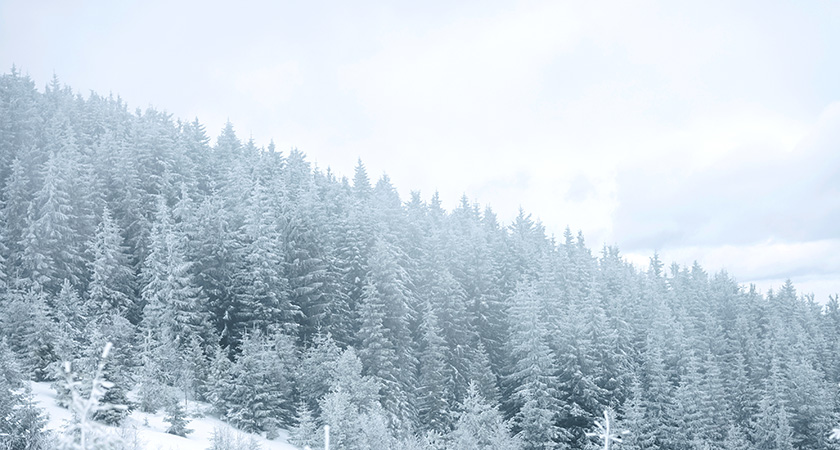
4. Don’t Forget to Compensate for Extra Condensation – Fog, Rain & Snow
Cold weather often means increased condensation. Increased condensation can prevent your drone from operating optimally. When over-exposed to condensation, the moisture can ruin propeller motors, cameras, and internal systems. Condensation can also interrupt GPS signals.
Avoid flying in the rain, snow, or fog to avoid damage from condensation. When landing in snowy areas, avoid direct contact with the snow. A landing pad or any other elevated, dry surface can help mitigate these risks.
5. Don’t Let Cold Weather Keep You Down – But Do Plan Carefully
We understand that sometimes flying in cold weather is necessary – or desired. When taking the proper precautions, flying in cold weather is possible. For beginner pilots, we highly recommend staying grounded during cold weather. If you must fly, we recommend using the expertise of an experienced pilot to ensure the potential for drone damage.
6. Always Have A Mission Plan
A solid and thoughtful mission plan is always a good idea before you take flight. This becomes more vital in the wintertime. A solid mission plan can shorten flight time, ensure efficiency, and avoid unnecessary risk before, during, or after the flight.
And, if the weather is not preferable and your mission can be delayed, we highly recommend moving the flight to another day.
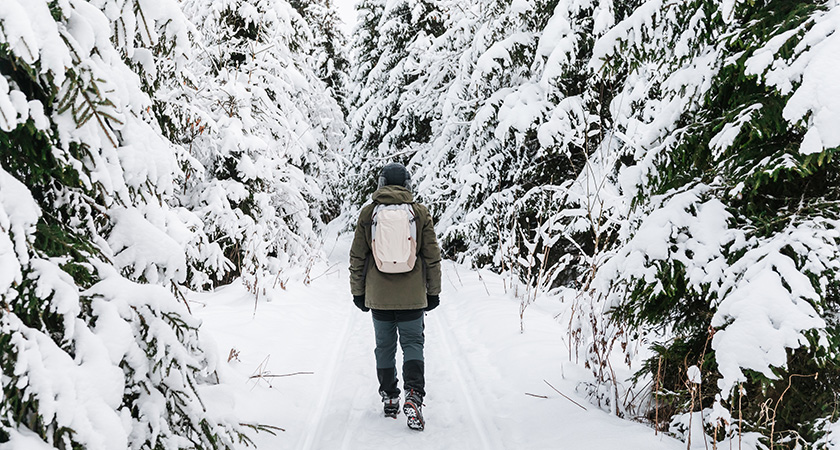
7. Keep Yourself Safe & Warm
While we want to help keep your drone safe, we’re also here to remind you to take care of yourself during winter flights. Be sure to choose warm clothes that are adequate for the flight duration and appropriate gloves that won’t hinder the operation of the drone controller.
Ready to Get Started?
Contact our team of professionals to discuss the dangers and necessary precautions for winter drone flying. Our team is ready to help by answering any questions you may have about drones for winter flights – and drones in general.

